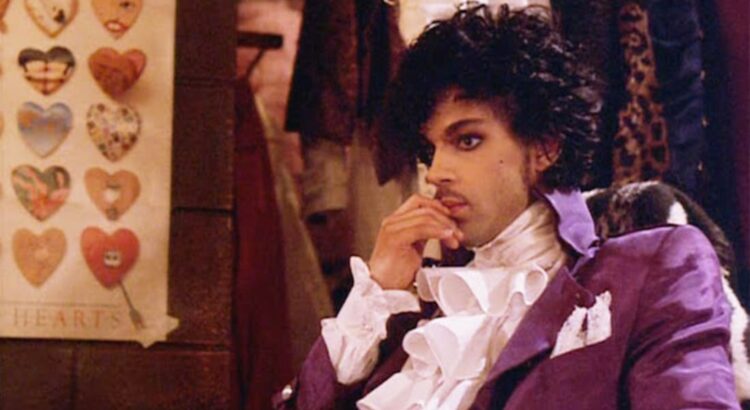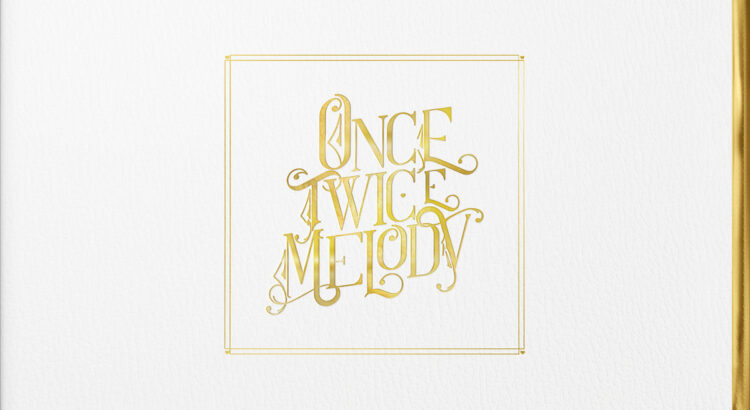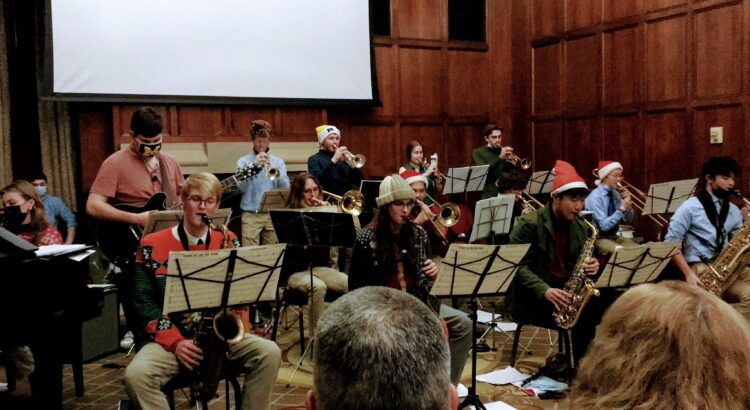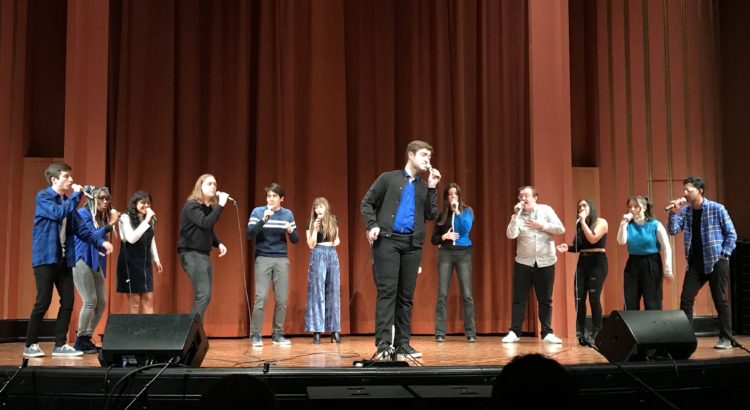Great as a preserved performance, so-so as a movie.
My overall review is that even though the movie was interesting enough as a record to experience Prince’s performance, it wasn’t watcher-friendly.
The movie follows Prince and his problems when he was a young, aspiring star, presumably telling the story around the time when he first played his hit ‘Purple Rain’ in front of the public.
As mentioned, as a recording of the music performance, it was great. I felt as though I was actually in a concert and the camera used angles that were very efficient in portraying the performance style of Prince. Even though I had never seen videos of Prince performing before, I could get the sense of his style and ‘coolness’. The camera also did not fall into the mistake made at some band performances – focusing on the vocal yet using too many angles and effects. This may captivate the watcher’s attention but would draw the attention away from the personal aura of the performers. However, Purple rain focused on the lights, fog, and motion of Prince; the real elements on stage that draw the watcher’s attention to the actual movement of Prince.
As for the storyline, it wasn’t articulated enough for the watchers to be immersed in the story. I couldn’t help comparing the with Bohemian Rhapsody, a film that took a similar format of songs from an iconic artist and told a story about the artist. The impression I got was that Bohemian Rhapsody laid out the story more carefully. Bohemian Rhapsody made the characters likable. It gave enough information on the context of the character’s emotion so that the watcher could understand and build an emotional attachment with the character. Enough description was given on characters so that felt lively as well. However, In Purple rain, the story seemed to be an assembly of pieces. Strong emotional events were given – relationship with Apollonia, the conflict between Prince’s parents, and discontent from the band members. However, instead of building the foundation of each story and how it developed, the storyline only threw strong events at the audience without providing room for the audience to emotionally understand or resonate with the character. Also, the characters were flat. Think of Apollonia-why did she join Morris and how does her feelings toward Prince develop? What’s Morris’ opinion of Prince and what’s the story behind the conflict between Prince and the Band? What is needed for it to be resolved? All these questions, which are well developed, could have been an interesting human drama, were glazed over and not discussed.
In all, I recommend this movie to people who miss the heat of the concert scene and miss the music from the era before digital beats took over. It was also fun to imagine how Prince’s performance would have affected artists of later generations because a lot of his movements reminded me of scenes I’ve seen on contemporary artists’ performances. However, if you’re looking for an emotionally well-told movie with a sound track-you might want to look for something else.














